The community of Ilsfeld wants to cut its ties to fossil-based sources of energy. With this move, they are shifting their focus to a source of energy that remains unused almost the entire world over: waste water. The local heat network in Ilsfeld uses the heat from purified waste water and supplies the community with environmentally-friendly energy.
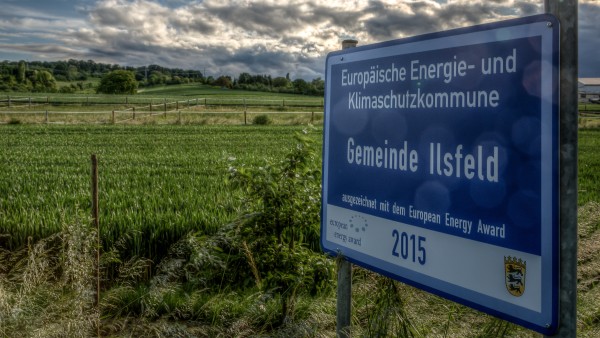
OUTSTANDING
Ilsfeld is a "European energy and climate protection municipality".
Ilsfeld, a town in the Heilbronn district of Germany, is situated in an idyllic spot surrounded by vineyards and conservation areas. However, as well as a beautiful location, it is also a centre of innovation: the community has been working hard to become independent of fossil-based energy sources since 2013. Its efforts focus primarily on a municipal local heat network that aims to tap into a source of energy that remains unused almost the entire world over: waste water.
"We release at least 5,000 cubic metres of purified waste water into the Schozach River on a daily basis," says Thomas Gessler from the technical construction office, which is responsible for the local heat project. In future, the energy from this waste water, which is around ten degrees in temperature, will be extracted with the help of heat pumps. This energy can be used to heat the water in the local heat network to 55 degrees.
A cogeneration unit run on natural gas then only has to heat the water from 55 to 75 degrees. Up to 700 of the 9,000 or so inhabitants in the community are due to be connected to the local heat network by the end of 2018. "Of course, the exact number depends on whether residents are willing to switch to local heating," says Thomas Gessler, who is promoting the project in neighbourhoods where the network lines are laid. He explains that there is a great deal of interest, and the costs are manageable: the community is paying for the transmission lines, which reach a maximum length of 30 metres from the main pipeline. The only investment required by home owners is the cost needed to switch their old heating system to a local heat energy delivery station.
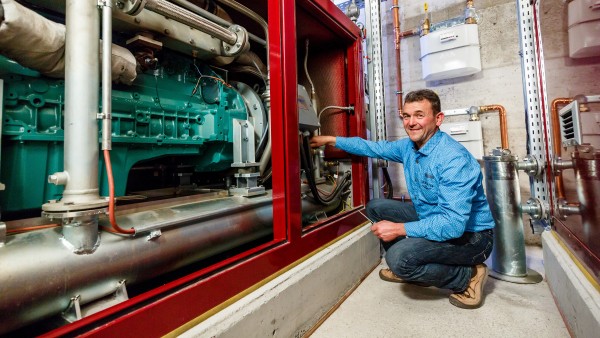
Local heat
By the end of 2018, 700 residents are due to be connected to the network. Thomas Gessler from the technical construction office is promoting the ambitious project in the region.
"It won't take long to offset the investment because the switch will get rid of almost all costs related to heating in future – from procurement and maintenance to running costs," explains Mr Gessler. Based on the average gas and oil prices for last year, he has calculated that a detached house will save up to EUR 400 per year.
Construction of the local heat network began in 2013. At the moment, it runs on a gas-fuelled boiler and two cogeneration units with a total thermal output of 2,200 kilowatts. It supplies around 120 buildings, including the town hall, community centre, church and two kindergartens. This existing network is set to be expanded by autumn 2017 and will also start to run on the waste heat from waste water. Output: 900 kilowatts. Once this has been completed, further users will be added. The overall investment amounts to around EUR 11 million. "That is a considerable sum for a small community," says the mayor of Ilsfeld, Thomas Knödler. "However, it quickly became clear to us that we will benefit from the project for the long term." In fact, the community has ruled out making any profit from the local heat network as part of a voluntary commitment. But it is aiming to break even by 2017. On top of all this, you have the value created for the locals: "Money that currently flows out of the region for oil and gas will remain here in future," says Mayor Knödler.
Promotional funds are also improving the balance sheet: EUR 3 million stem from the European Regional Development Fund (ERDF). A total of EUR 1.1 million has been provided by the German Office for Economic Affairs and Export Control on the basis of the Combined Heat and Power Act. KfW is also promoting the project: it has granted the community support in the amount of EUR 306,000 under the promotional product Energy-efficient Urban Rehabilitation Grant. These funds can be used to finance an integrated neighbourhood concept and a reorganisation manager – so Thomas Gessler's role as well. Ilsfeld is covering the remaining EUR 6.5 million from loans. KfW has provided around EUR 3.1 million under the promotion product IKK – Energy-efficient Urban Rehabilitation – Energy Supply for Neighbourhoods.
To become even more independent of the energy market, Ilsfeld is currently planning a biomass power plant and solar-powered heating systems. "Climate protection is a matter close to our hearts," says Thomas Knödler. "But it pays off!"
Published on KfW Stories on 7 April 2017
The described project contributes to the following United Nationsʼ Sustainable Development Goals
Goal 7: Ensure access to affordable, reliable, sustainable and modern energy
Close to 80 per cent of the energy produced worldwide still comes from fossil fuel sources. Burning fossil fuels also generates costs for the health system due to air pollution and costs for climate-related damages that harm the general public, not just those burning the fuel.

All United Nations member states adopted the 2030 Agenda in 2015. At its heart is a list of 17 goals for sustainable development, known as the Sustainable Development Goals (SDGs). Our world should become a place where people are able to live in peace with each other in ways that are ecologically compatible, socially just, and economically effective.

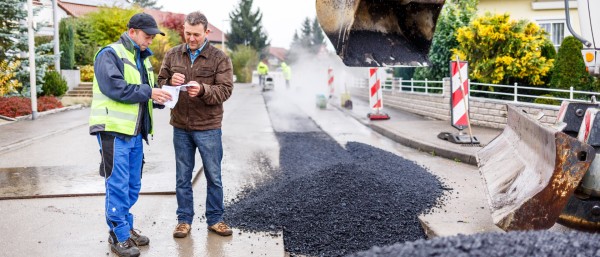
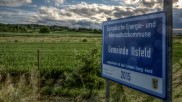
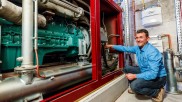
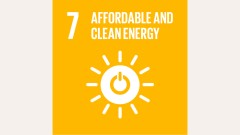
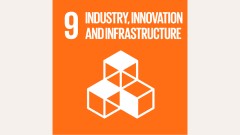
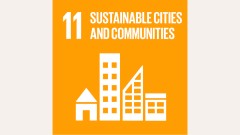
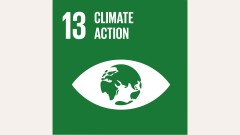
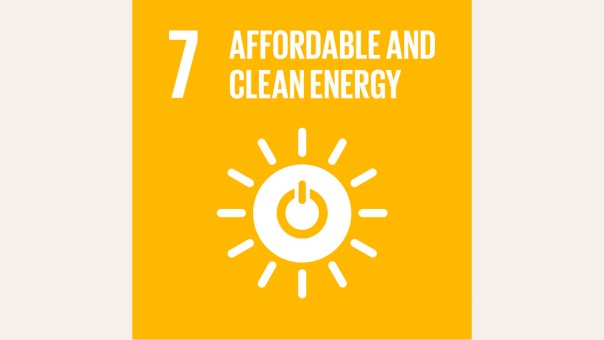
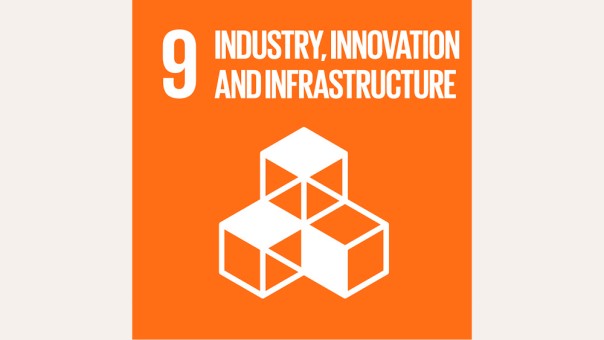
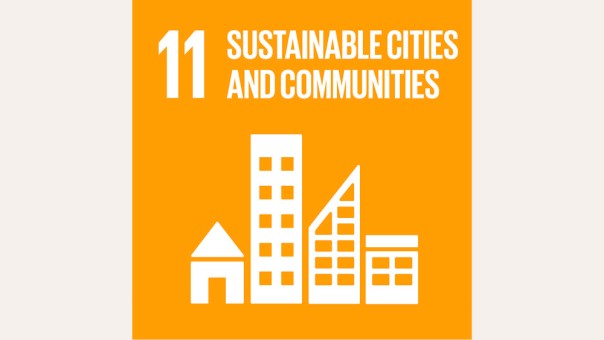
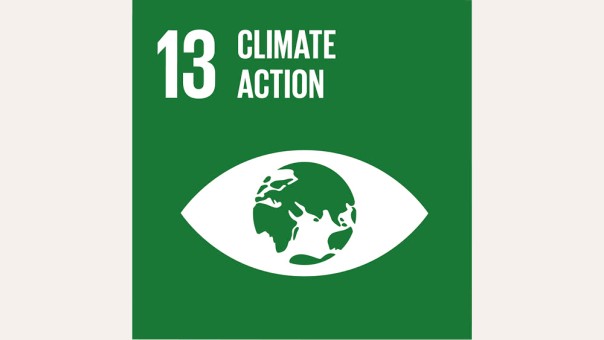
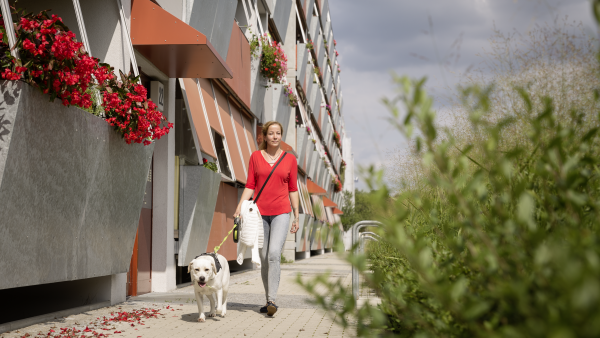
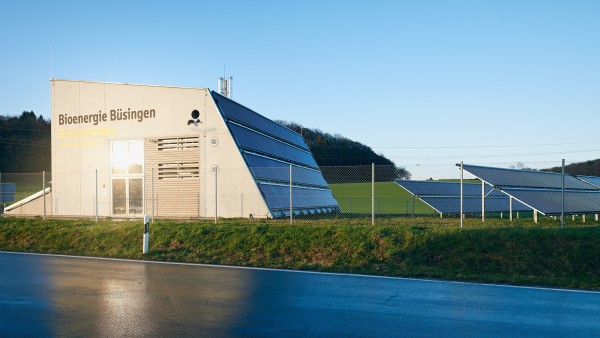
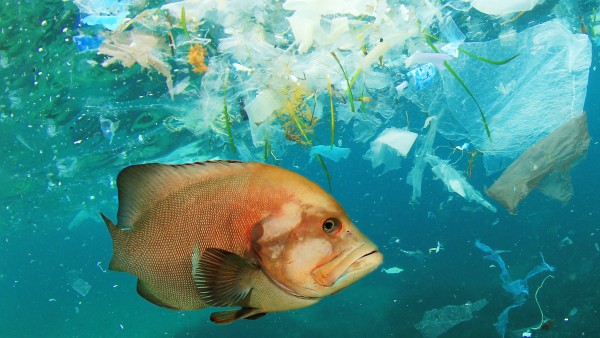
Data protection principles
If you click on one of the following icons, your data will be sent to the corresponding social network.
Privacy information